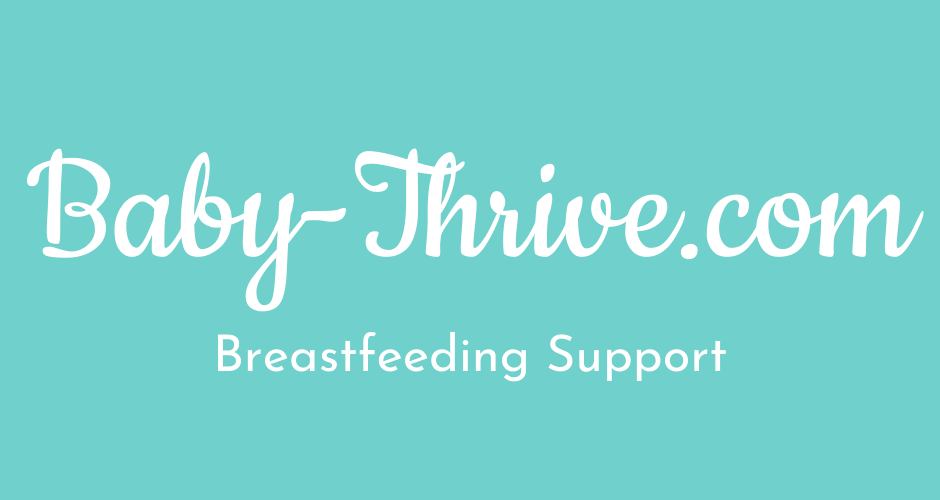Private Tongue Tie Practitioners who I know and recommend:
Vikki Whareham I know her personally and recommend she is a paeds nurse & IBCLC
She works only in SE London
£315 for 2 hours (can be split across 2 appointments).
Charlotte Mills.
I know her personally & reccomend. She’s a private midwife and IBCLC.
She can get very busy and sometimes misses her emails so let me know if you would like to me to nudge her. I know her personally & recommend her.
She now includes a follow up visit at home. It’s now £300 for assessment /frenulotomy and follow up whether that is across 1 or 2 appointments.
Julienne Espanelli
She’s also an IBCLC and works bank at Kings tongue tie clinic.
I work with Julienne a lot, my clients who have used her do recommend.
About £270
And Katja Dukowski works more SW London.
She’s also an IBCLC.
Although I haven’t met her , I’ve worked with the same families as her lots of times and she seems to be good.
£270 (appointments take up to 2 hrs)
Follow up appointments for £190 per session (up to 2 hours)
Leonie from your neighbourhood Midwives
Private midwife & IBCLC.
We work together on our breastfeeding support group nourish and grow.
Tongue tie assessment with feeding review = £225.
Usually take 1.5-2 hours.
Tongue tie assessment with feeding review and division (if indicated) is £325. Usually takes about 2-2.5 hours.
NHS options with waitlists varying from 5-7 days to 5 weeks:
I can organise NHS referral for tongue tie clinic included with and consultation with me. There are lots of different clinics who accept referrals from me, all with different requirements and waitlists. Kings, QE, Lewisham, Evelina and Homerton are all common options.
General info on tongue tie:
According to the NICE guidelines, tongue ties can only be diagnosed by healthcare professionals who are also tongue tie practitioners.
I have completed a course on how to use “The Assessment Tool for Lingual Frenulum Function” (ATLFF) developed by Alison Hazelbaker (1993) which looks at the way the tongue cups the finger and the motion of the tongue, as well as how the tongue move within the mouth, including how it moves from side to side, how far the tip of the tongue lifts and how far the baby can poke (extend) the tongue. This tool also assesses tongue appearance. But this is secondary to function as a tongue can look relatively normal but still have deficits in function and be impacting on feeding.

